
Are You Bringing Joy?
In this three-part series, we explore culture and its relationship to architecture.
Recently, a good friend of mine went to a retreat for business leaders at Plum Village near Bordeaux, France. Plum Village is the monastery of the Zen Buddhist master Thich Nhat Hanh. Leaders from around the world attended, from small to large companies. As you would expect at a Buddhist retreat, there was plenty of meditation, but they also worked: the ordinary daily tasks of cleaning the dishes, mopping the floors, and chopping the firewood. During unscheduled time, the presidents and CEOs discussed strategy, growth, profitability, and culture. But during the guided retreat, Thich Nhat Hanh focused on only one thing: people. Specifically the question: how do you make people feel?
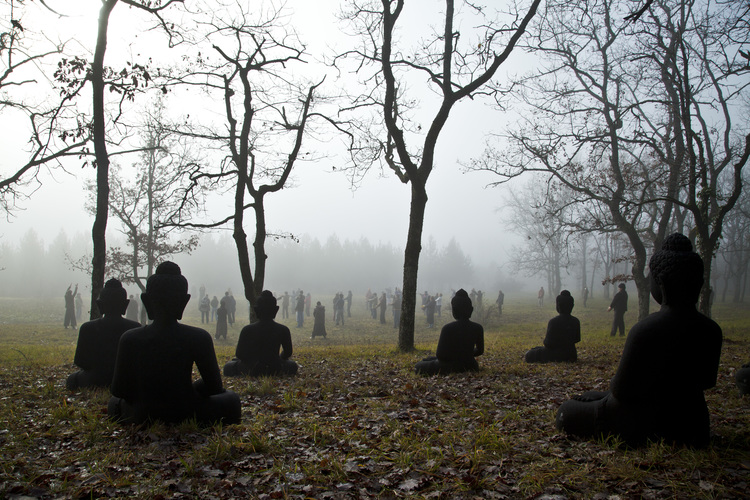
On the last day of the retreat, everyone gathered in the main meditation hall to hear Thich Nhat Hanh talk. At the conclusion of his talk, he said that as business leaders we need to ask ourselves a question every morning before going to work. It is the most important and fundamental question: “are you bringing joy? or are you bringing suffering to those you work with?”

This is an “either/or” issue, because if you are not bringing joy, then you are bringing suffering by default. I don’t mean that every day is supposed to be blissful, but if there is an absence of joy in your culture, then there is a real problem. Because in the absence of “bringing joy,” you are creating a void within your culture. Left unattended, culture becomes susceptible to all things problematic and negative. By its very nature, culture is not natural, it is artificial. Culture is also not sustainable, permanent, or consistent. Culture is us: sensitive, constantly changing and subject to a variety of moods.
Richard Sheridan, co-founder and CEO of Menlo Innovations, describes their joyful culture in his book, Joy, Inc. – How We Built a Workplace People Love. In it, he admits to his own hesitations on writing about “joy.” He writes:
“It may sound radical, unconventional, and bordering on being a crazy business idea. However—as ridiculous as it sounds—joy is the core belief of our workplace…It’s the single shared belief of our entire team.”
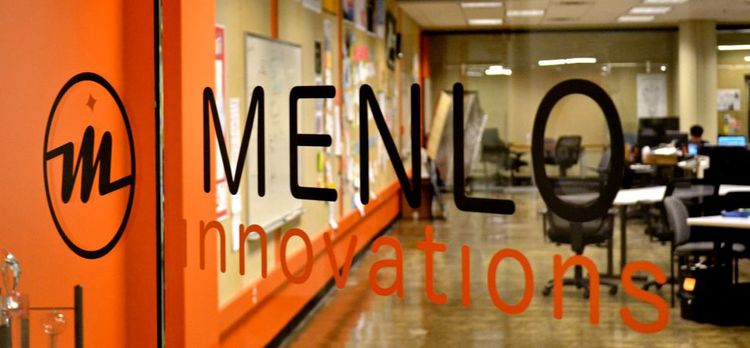
There is no easy way to measure joy, there are no metrics, pie charts or spreadsheets but we know from our experience that architecture plays a critical role in creating a culture of joy in the workplace.
We tour dozens of different offices every year, from large corporations to small “mom and pop” operations and at each place there is a distinct culture. The culture is made of a combination of elements: people (leadership and employees), organization (rules and regulations), and environment (building and interior design). As architects, we can only affect the environment, but the environment deeply affects the people and therefore the organization. These three elements of culture are inter-woven and “inter-be.” A change in any part affects the whole.
So what are the fundamentals to bringing joy? Here’s what we have discovered after nearly 30 years of practice. We will be exploring each of these fundamental issues in subsequent blog posts.
1. Light: “Here comes the sun…and I say: its alright.” – the Beatles. Sunlight rejuvenates us and there is a connection between sunlight and lightness. Environments that are abundant in sunlight enable lightness in us. Levity (the antonym of gravity) is a powerful force in culture. Sunlight and levity go hand-in-hand and that is why the manipulation and design of sunlight through and into our buildings is of primary importance. In an absence of sunlight, positive culture withers.
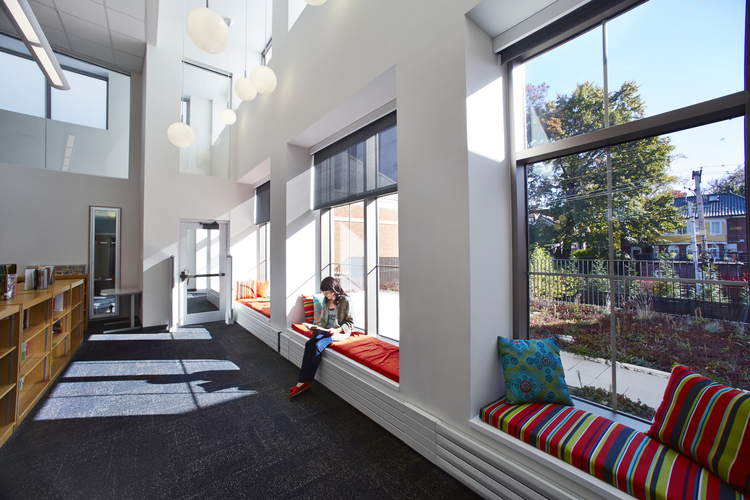
2. “Being with”: Where is everyone? I sometimes think this when I visit an office and everyone is either behind a closed office door or a tall workstation panel. “Being with” is a primary driver of culture that is a complex and multi-faceted issue (see more on this in subsequent posts). We are social beings and at our essence, “being with” others is a positive experience. So even when we need privacy (not to be confused with solitude), the merit of “being with” does not go away. We have all experienced the need to leave our work place so that we can get away, be private and focus, but often we go to cafes or coffee shops where we are surrounded by others. Attaining privacy while being within the public sphere and designing spaces so that chance encounters occur is another facet of “being with.” At JEMA, understanding our client’s unique “being with” plays a large role in our design practice. “Being with” is how our social and work-selves come together. We design communication, interaction, collaboration and privacy spheres knowing that “being with” is an essential factor in our ability to bring joy.
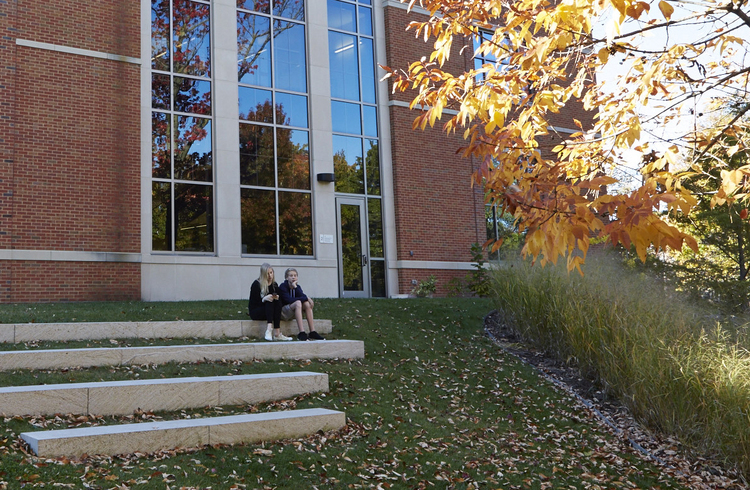
3. Hierarchy: One of the most common questions we get when designing a new office building is: “am I getting an office?” followed by “what size will my office be?” Decades after the era of Mad Men, we are still designing and constructing office space like chickens. The “pecking order” dominates office culture and therefore office design. Even in the most egalitarian firms, the strong pull of the “pecking order” is present and powerful. Designing embedded hierarchy almost seems to be part of our DNA (and it may be!), but as architects we see that hierarchical design can be costly, inefficient and culturally damaging.

4. Diversity: Monotonous environments are boring. Cultivating difference in your workplace is essential to bringing joy. We embrace diversity in the workplace as people of different races, genders and heritages, and we should also invest in diversity within our environments. Different types of spaces (not just offices and workstations, but cafes, libraries, kitchens, lounges, walking tracks, etc.) and different textures, colors, lighting, heights, levels and forms are contributors to our joy. Developing environments that facilitate and encourage different types of human postures and movements are another layer of diversity that is a fundamental driver of happiness.
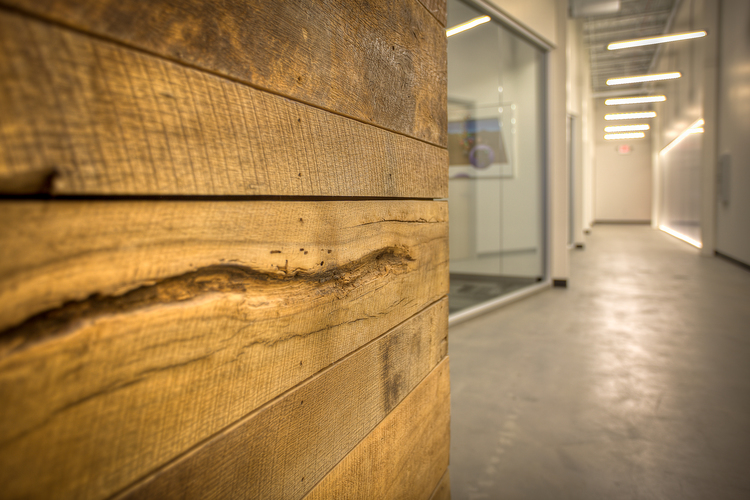
Each of these categories of joy will be explored in more detail in subsequent blog posts. Stay tuned and bring your joy!